жЬИжЫЬжЧ•, 10жЬИ 17th, 2011...2:29 PM
Summer vegetables from Oisix
Reading time: About 4 minutes
Summer vegetables from OisixVegetables reflect on that countryвАЩs eating habits, in Japan there are a good balance of the 4 seasons, fresh vegetables can be enjoyed in each season. We Japanese enjoy seasons from vegetables.We will like to introduce the vegetables in Japan as part of the seasonвАЩs information.
This is the first time. We will cover the summer vegetables.
In Japan it is known that vegetables that are sweet and have a nice shape tend to be more popular, therefore vegetables that have even a small deformed shape or coloring we do not see them at super markets. Which is true that for the customerвАЩs demands a sweet and nicely shaped vegetables, and also the producers believe in the вАЬonly sweet and nicely shaped vegetables can be sold to the customersвАЭ when producing the vegetables.
In spite of improving the quality of the brands, only sweet and nicely shaped types were being produced, the traditional vegetables that were landrace have been being put away from the dinner table little by little. In the first place, these traditional vegetables have been cultivated since ancient Japan in each part of the country, for the oldest they have been a 1000 years continuing breed. However, it now is in the danger of extinction due to production only in the households of the farmers.
In this situation, this is gaining a lot of attention from the perspective of local consumption and slow foods.
One of the representative vegetables of the traditional vegetables are, the Kyoto vegetables. Kamo eggplant, Shogoin radish, Kujyo long green onion etc are famous.
These are one of the Kyoto vegetables the вАЬShishigatani pumpkinвАЭ. It is a pumpkin similar to the shape of a gourd. It does not have a sticky kind of sweetness, but a light dry high quality taste. The very rough outer skin is impressing.
LetвАЩs introduce the representative of summer vegetables, the eggplant. In English as it is called egg plant, there are many white colored eggplants overseas, but in Japan the usual eggplants are purple colored, and eggplants of other colors are hardly ever seen.
These are the вАЬwater eggplantsвАЭ. There is no skim, and the flesh of the vegetable are full of moisture, it can be eaten raw. It is delicious to dip into salt and ginger soy sauce.
Even if it is the same purple eggplant, there are eggplants that are long as well. вАЬAji murasakiвАЭ The length is said to grow up to 25~30 cm.
This is the green colored eggplant. Kagoshima white eggplant, official name вАЬToronasuвАЭ.
The outer skin is rather hard but the inside flesh is soft. It goes very well with oil, it is delicious to eat as steak into big slices.
Lastly the white eggplant. We have never seen an eggplant like this before. The eggplant is a vegetable originally from India, and in the western countries the white eggplant is widely cultivated. We were surprised to find that they were even cultivated in Japan. The color purple was from the pigment called вАЬNasuninвАЭ, in the white eggplant the pigment is not produced, therefore it is white colored.
We cannot forget the summer vegetables, the corn.
This corn can be eaten raw.
In the morning, they immediately pre vacuum freeze what was picked in Hokkaido, then is sent everywhere in Japan starting with Tokyo. In sending they focus on not sending by laying the corn sideways, but a container to carry the corn vertically was invented, and is kept at that position when being sent. As one of the aspect to the freshness of a vegetable dropping is the ethylene gas that is leaked from the body, but by keeping this vertically there is less leakage that protects its freshness.
When actually eating it, there is a raw like scent, but a strong sweetness like a fruit.
It can be eaten like an ice candy, so it has the nickname вАЬICE candy cornвАЭ.
The vegetables that we covered are mostly traditional vegetables, where a lot of them are rare. These traditional vegetables will become extinct if the seeds are gone, but to bring down the seeds to the next generation, to leave them for the future, there are farmers that are making the effort every day to do so. There are spots for them as well, and are thinking of spreading out to the world JapanвАЩs vegetables.
The vegetables we covered this time can be bought from Oisix an online vegetable shopping site.
Other than Japan, you can buy the vegetables in Hong KongвАЩs Oisix, so if you are interested we want you to check it out.
https://www.oisix.com/
Oisix Hong Kong https://hk.oisix.com/









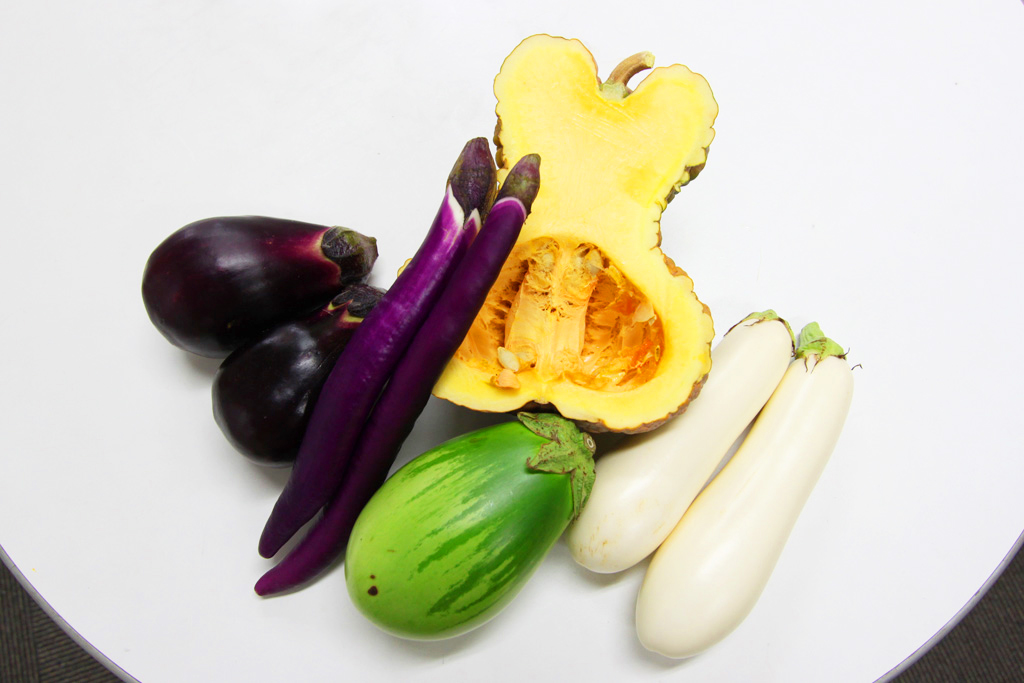

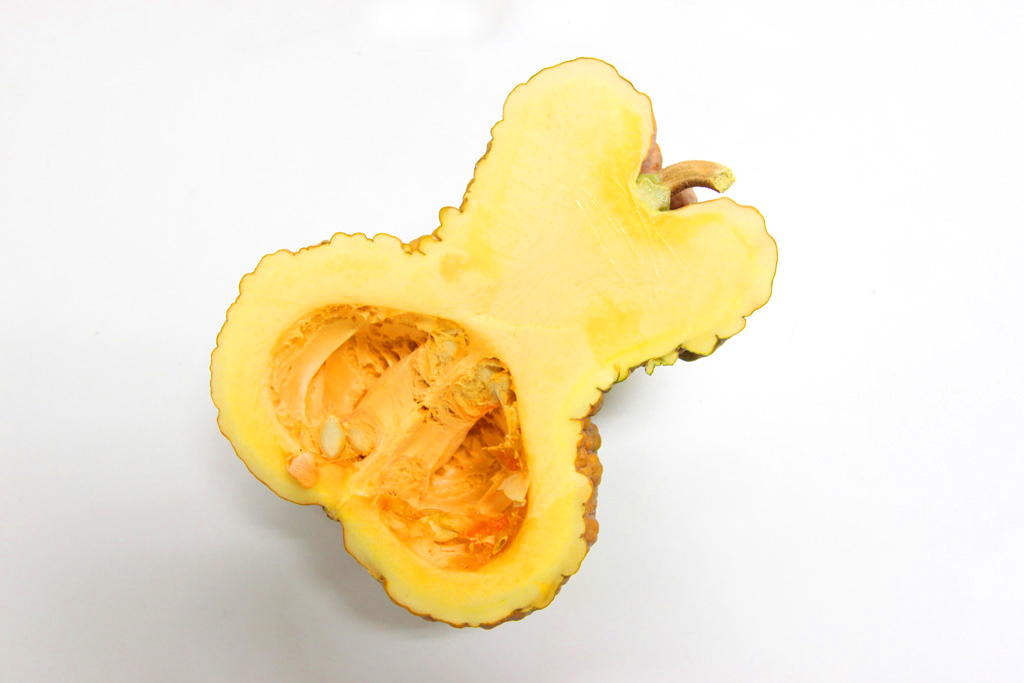

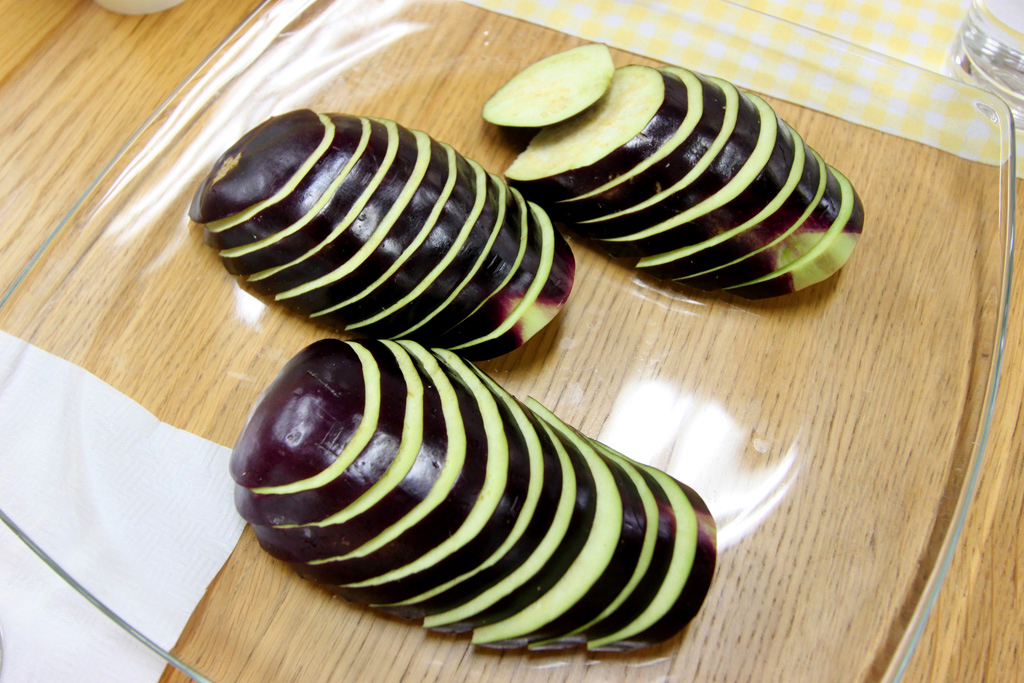
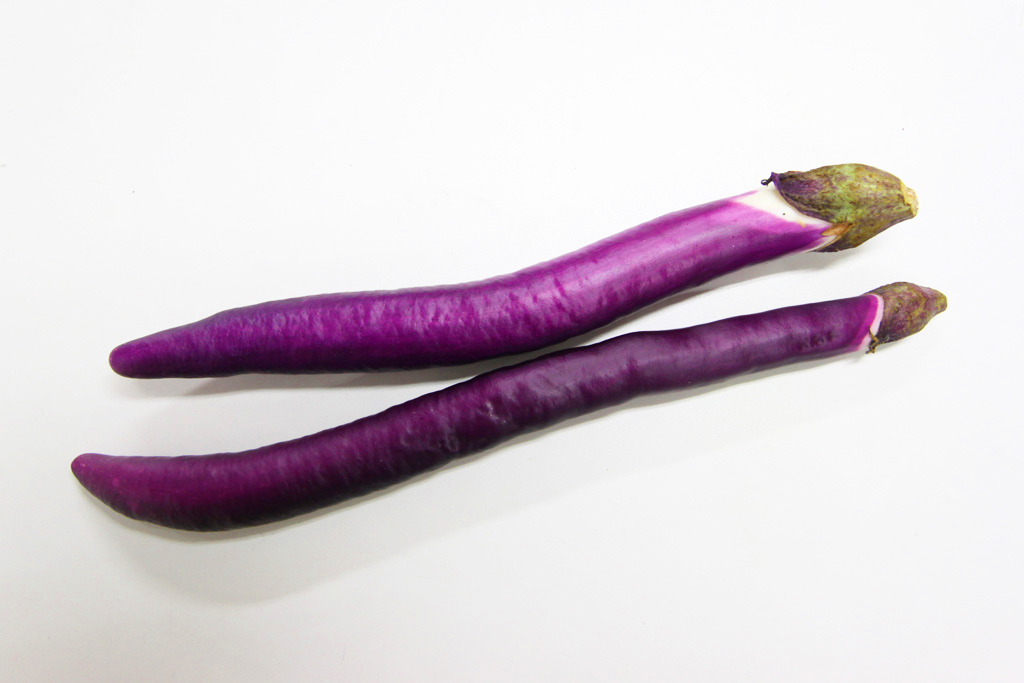
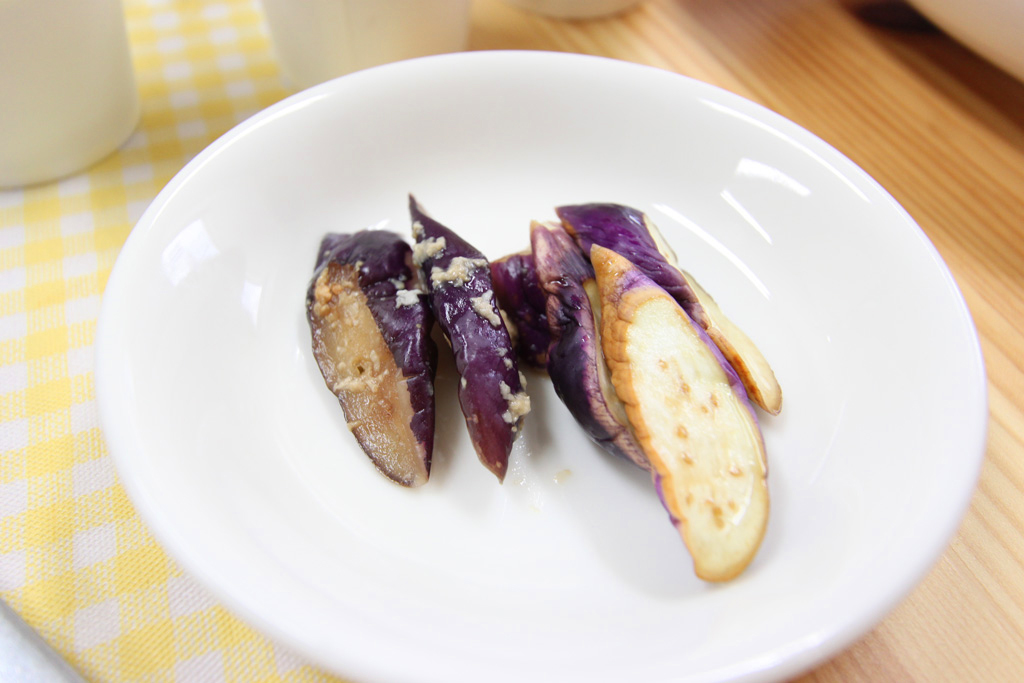
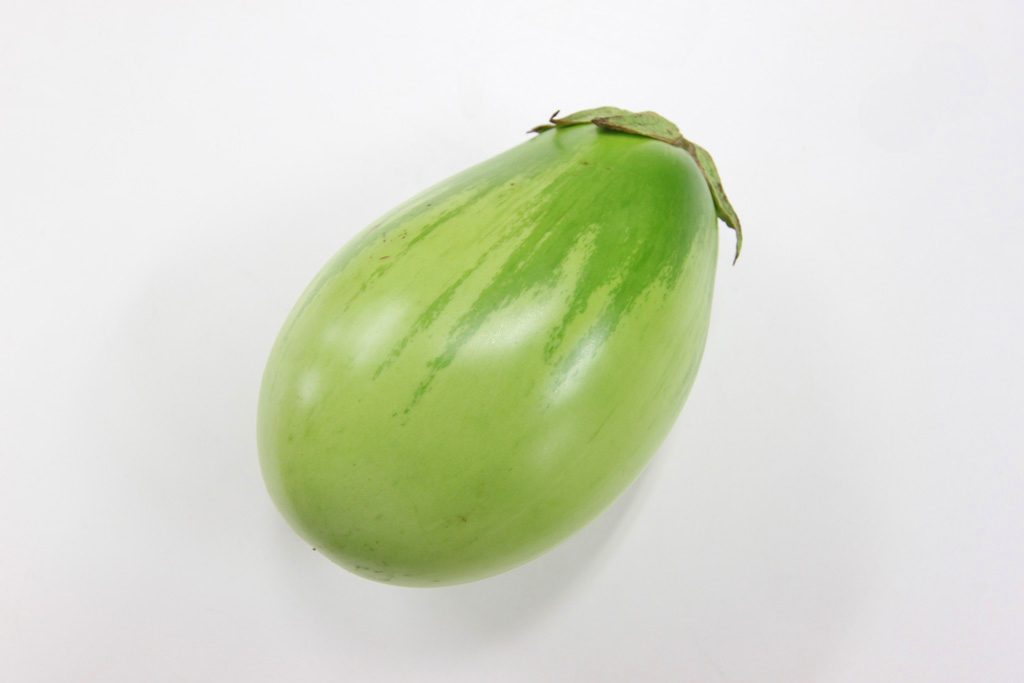
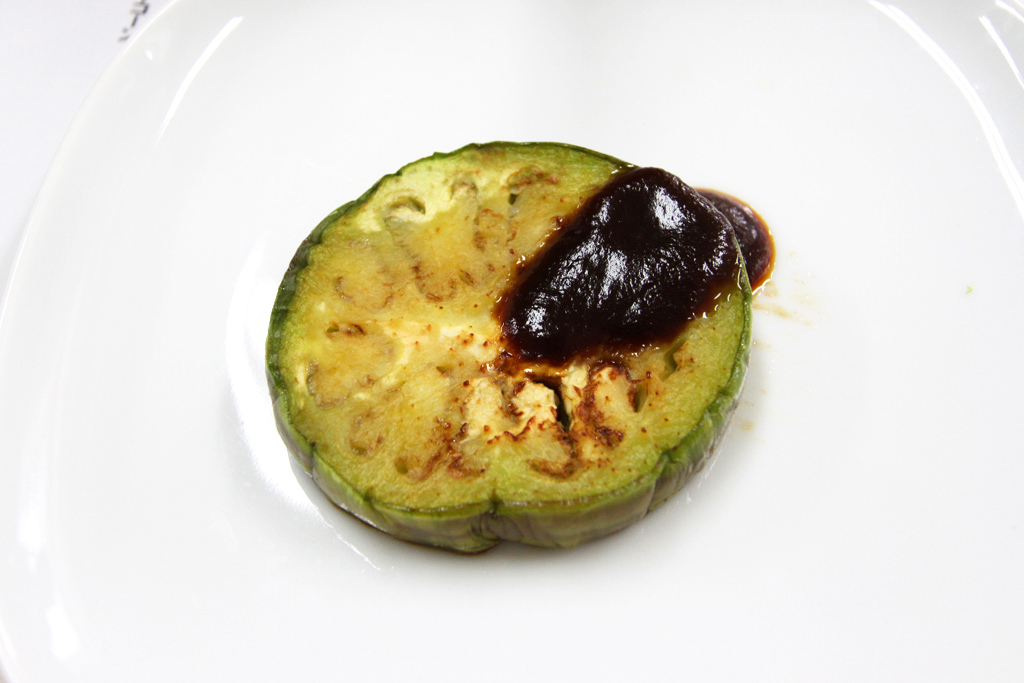
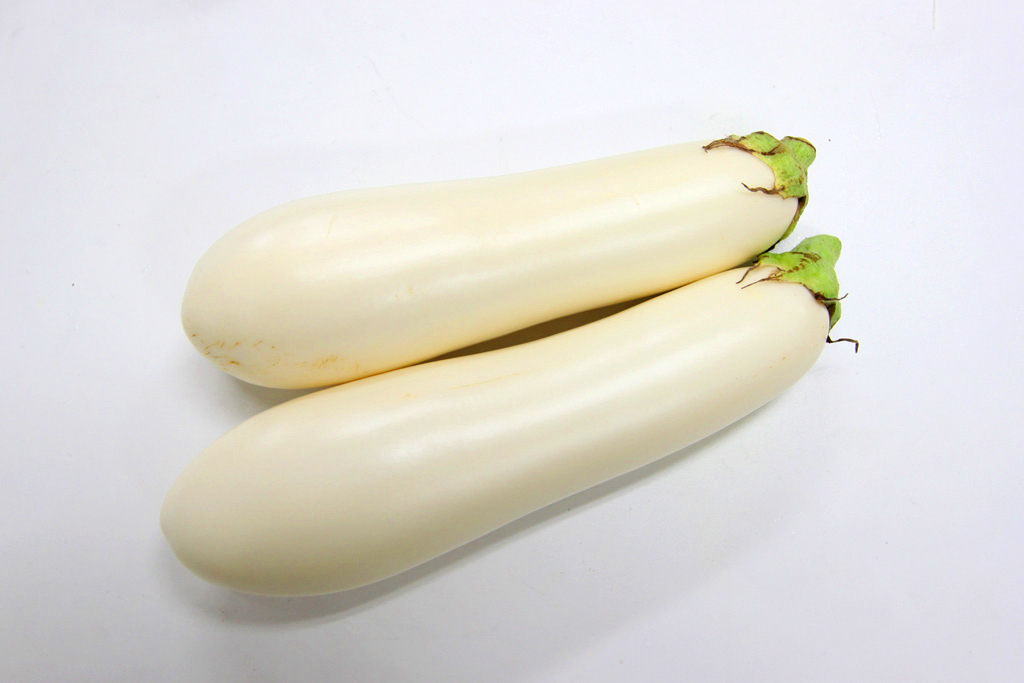

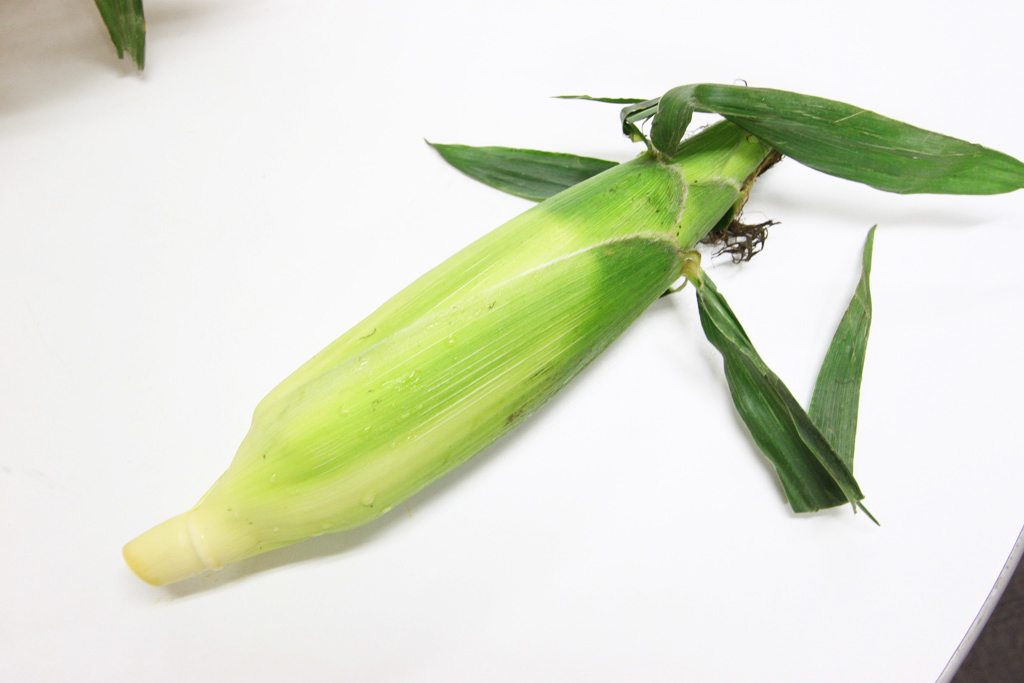













Leave a Reply